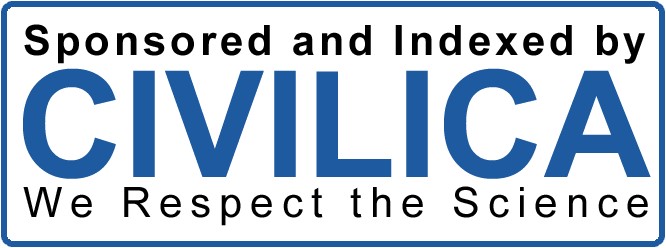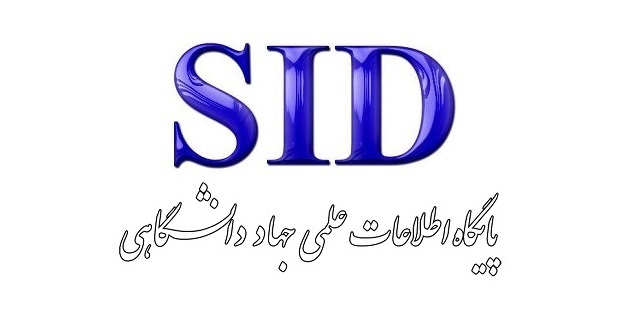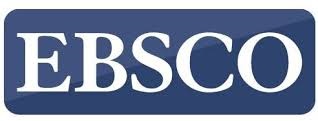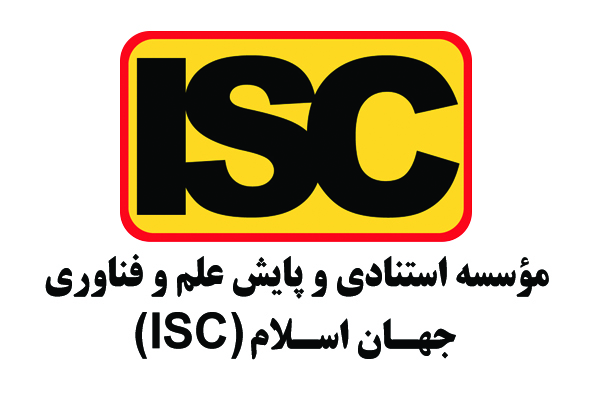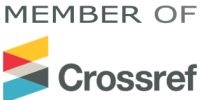تعیین تأثیر تحول دیجیتال و تمرکز بر مشتری بر مدیریت چابک
کلمات کلیدی:
تحول دیجیتال, تمرکز بر مشتری, مدیریت چابک, چابکی سازمانی, فناوری دیجیتالچکیده
این پژوهش به بررسی تأثیر تحول دیجیتال و تمرکز بر مشتری بر مدیریت چابک در سازمانها میپردازد. این تحقیق از نوع کاربردی و به روش توصیفی-پیمایشی انجام شده است. جامعه آماری شامل 41 نفر از مدیران و کارکنان شرکت فولاد فیدار بوده و دادهها با استفاده از پرسشنامه استاندارد جمعآوری شده است. برای تجزیه و تحلیل دادهها از رگرسیون چندگانه و نرمافزار آماری اسمارت پی ال اس نسخه 4 استفاده شده است. نتایج نشان داد که تحول دیجیتال و تمرکز بر مشتری هر دو تأثیر معنادار و مثبتی بر مدیریت چابک دارند. ضریب مسیر تحول دیجیتال برابر با 0.155 و آماره تی 2.047 بود که تأثیر مثبت و معنادار آن را بر مدیریت چابک نشان داد. تمرکز بر مشتری نیز با ضریب مسیر 0.708 و آماره تی 8.997 تأثیر بسیار قویتری بر مدیریت چابک داشت. همبستگی بین این متغیرها نشاندهنده ارتباط قوی و مثبت میان آنها بود. این تحقیق نشان میدهد که تحول دیجیتال و تمرکز بر مشتری نقش مهمی در ارتقای چابکی سازمانی دارند. سازمانها میتوانند با استفاده از فناوریهای دیجیتال و ایجاد فرهنگ مشتریمداری، به چابکی بیشتری در پاسخ به تغییرات محیطی دست یابند. پیشنهاد میشود مدیران سازمانها به توسعه منابع انسانی چابک و سرمایهگذاری در فناوریهای نوین توجه ویژهای داشته باشند تا بتوانند عملکرد سازمانی را بهبود بخشند.
دانلودها
مراجع
Abbas, A. (2024). Marketing Agility’s Influence on Market Performance: A Perspective From FinTech Industry. Abbdm, 4(02). https://doi.org/10.62019/abbdm.v4i02.165
Aghaei Ghaleche, S. (2023). Maintenance of Employees and Its Impact on Organizational Performance with the Moderation of Sustainable Competitive Advantage. Dynamic Management and Business Analysis, 1(1), 45-58. https://doi.org/10.22034/dmbaj.2024.2022641.1012
Al-Zabidi, A., Rehman, A. U., & Alkahtani, M. (2021). An approach to assess sustainable supply chain agility for a manufacturing organization. Sustainability, 13(4), 1752. https://doi.org/10.3390/su13041752
Alkrait, Y., & Almaktoom, A. (2021). The relationship between supply chain agility and organizational performance in KSA. PalArch's Journal of Archaeology of Egypt/Egyptology, 18(15), 266-271. https://archives.palarch.nl/index.php/jae/article/download/8333/7778/16318
Arsawan, I. W. E., Hariyanti, N. K. D., Atmaja, I. M. A. D. S., Suhartanto, D., & Koval, V. (2022). Developing Organizational Agility in SMEs: An Investigation of Innovation’s Roles and Strategic Flexibility. Journal of Open Innovation Technology Market and Complexity, 8(3), 149. https://doi.org/10.3390/joitmc8030149
Boudelayi, H., Kenarrudi, M. H., Ebadi, H., & Bahmani, A. (2021). Digital human resource management: An approach to creating organizational agility in the public sector in the era of the digital economy (Case study: National banks of Iran). Public Administration, 13(4), 766-785. https://jipa.ut.ac.ir/article_86531.html
Franco, C., & Landini, F. (2022). Organizational drivers of innovation: The role of workforce agility. Research Policy, 51(2), 104423. https://doi.org/10.1016/j.respol.2021.104423
Golmohammadi, E., Mohammadi, E., Tolabi, Z., & Khalil Nezhad, S. (2021). Designing a Strategic Agility Model with the Dynamic Capabilities Approach in the Banking Industry (Case Study: Active Banks in Ilam Province). Commercial Strategies, 18(17), 121-146. https://doi.org/10.22070/cs.2022.15485.1189
Jafarzadeh Zarandi, M., Sharifian, E., & Ghahreman Tabrizi, K. (2021). Explaining organizational agility model based on information technology from the perspective of sports experts. Sport Management Journal, 12(4), 1093-1118.
Kalaignanam, K., Tuli, K. R., Kushwaha, T., Lee, L., & Gal, D. (2021). Marketing Agility: The Concept, Antecedents, and a Research Agenda. Journal of Marketing, 85(1), 35-58. https://doi.org/10.1177/0022242920952760
Malmir, A., & Norouzzadeh, A. (2021). The mediating role of organizational agility in relation to knowledge management and organizational development. Journal of Police Organizational Development, 18(1), 101-120. https://www.magiran.com/paper/2327060
Nakabuye, Z. (2023). Technology Orientation and Export Performance: The Moderating Role of Supply Chain Agility. Modern Supply Chain Research and Applications, 5(4), 230-264. https://doi.org/10.1108/mscra-01-2023-0006
Nurcholis, L., Suhendi, C., & Utami, L. D. (2022). The Effect of Entrepreneurship and E-Commerce on Marketing Performance With Agility as Intervening Variable. Jurnal Aplikasi Manajemen, 20(1), 146-160. https://doi.org/10.21776/ub.jam.2022.020.01.15
Omidi, A., Pooya, A., Bastam, H., & Hosein zadeh, A. (2022). Agility in marketing capabilities, design and prioritization of criteria - studied health tourism. Journal of Business Management, 14(56), 122-139. https://bmj.ctb.iau.ir/article_697692_dcc9a1e651a8b5e145276f1e82f20fad.pdf
Panda, S., & Rath, S. K. (2021). How information technology capability influences organizational agility: empirical evidences from Indian banking industry. Journal of Indian Business Research, 13(4), 564-585. https://doi.org/10.1108/JIBR-11-2020-0364
Pereira, V., Budhwar, P., Temouri, Y., Malik, A., & Tarba, S. (2021). Investigating Investments in agility strategies in overcoming the global financial crisis - The case of Indian IT/BPO offshoring firms. Journal of International Management, 27(1), 100738.
Riyoko, S. (2023). The Role of Digital Marketing Agility and Marketing Innovation as an Efforts to Increase Business Performance Wood Processing Industry. https://doi.org/10.2991/978-2-494069-49-7_146
Rožman, M., Tominc, P., & Štrukelj, T. (2023). Competitiveness Through Development of Strategic Talent Management and Agile Management Ecosystems. Global Journal of Flexible Systems Management, 24(3), 373-393. https://doi.org/10.1007/s40171-023-00344-1
Salehi Kharizsangi, I., & Rashidi, M. M. (2023). Knowledge Management and Its Impact on Crisis Reduction with a Human Resource Agility Approach. Crisis Management Studies, 15(3), 131-150. https://www.sid.ir/fileserver/jf/4020713951005.pdf
Sumartik, S. (2023). Agile Management: The Key to Boosting SME Performance in Agriculture. 447-455. https://doi.org/10.2991/978-2-38476-052-7_49
Thoumrungroje, A., & Racela, O. C. (2021). Linking SME International Marketing Agility to New Technology Adoption. International Small Business Journal Researching Entrepreneurship, 40(7), 801-822. https://doi.org/10.1177/02662426211054651
Vishlaghi, M., Zarei, A., & Feiz, D. (2021). Designing Strategic Agility Model for Sustainable Manufacturing Boom Based on Grounded Theory(Case Study: Automotive Industry). Journal of Improvement Management, 15(2), 127-153. https://doi.org/10.22034/jmi.2021.238717.2292
Zastempowski, M., & Cyfert, S. (2023). A New Angle on SMEs' Competitiveness. How Do Agility Capabilities Affect a Firm's Competitive Position? Journal of Organizational Change Management, 36(4), 635-662. https://doi.org/10.1108/jocm-09-2022-0255
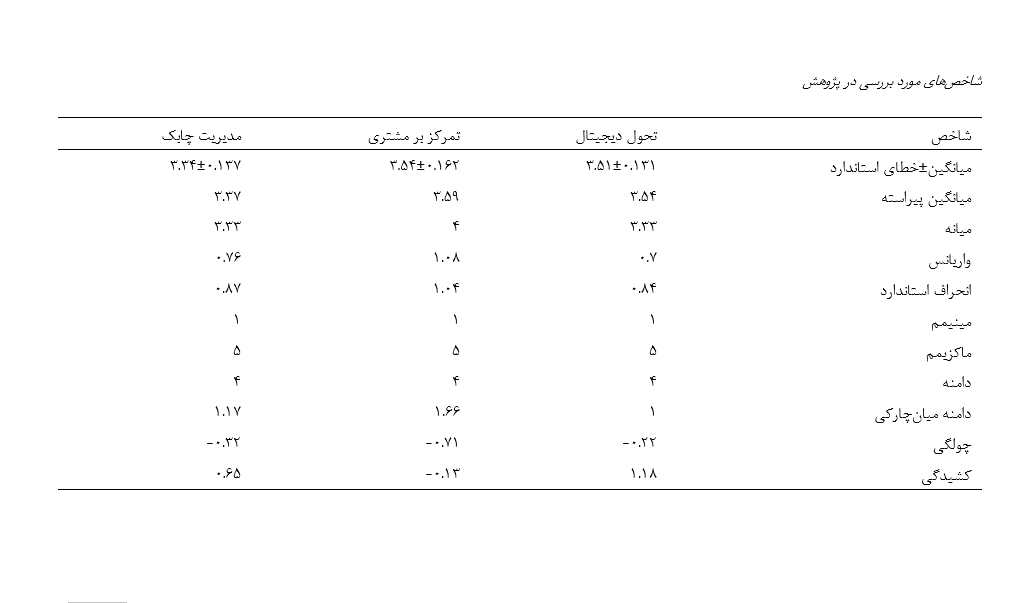
دانلود
چاپ شده
ارسال
بازنگری
پذیرش
شماره
نوع مقاله
مجوز
حق نشر 2025 Mohammad Moarefi; Gelareh Mortezaei (Author)

این پروژه تحت مجوز بین المللی Creative Commons Attribution-NonCommercial 4.0 می باشد.



